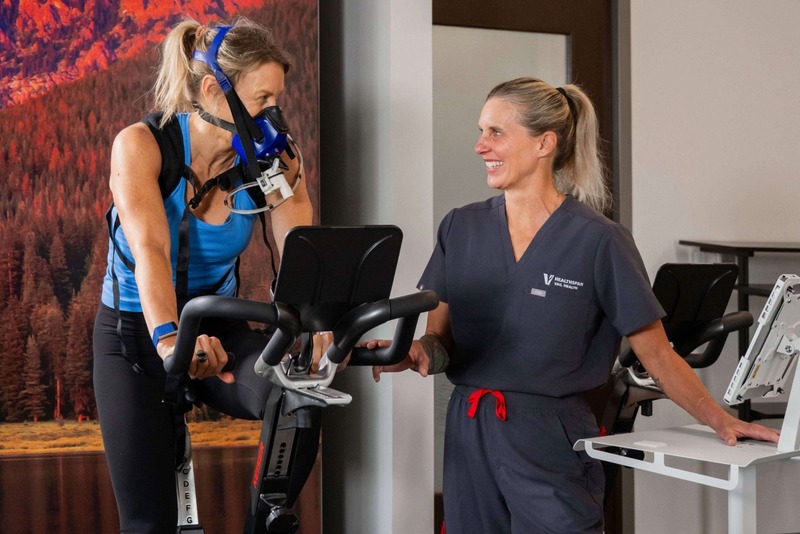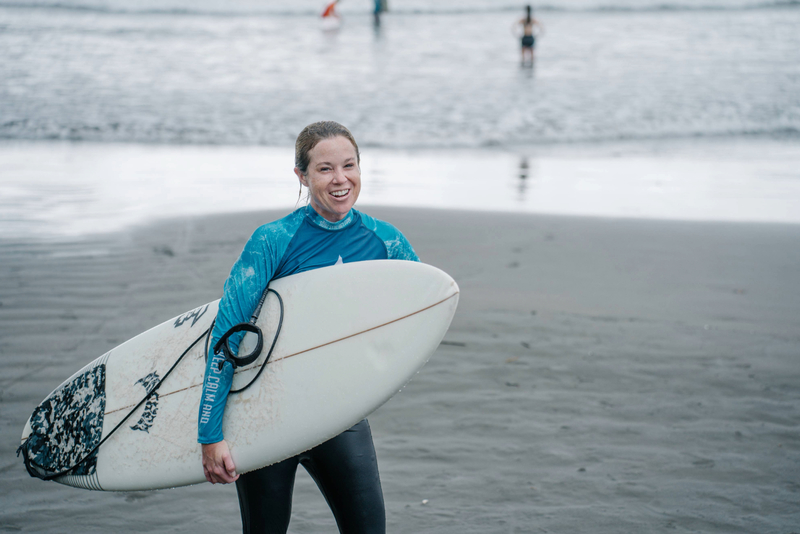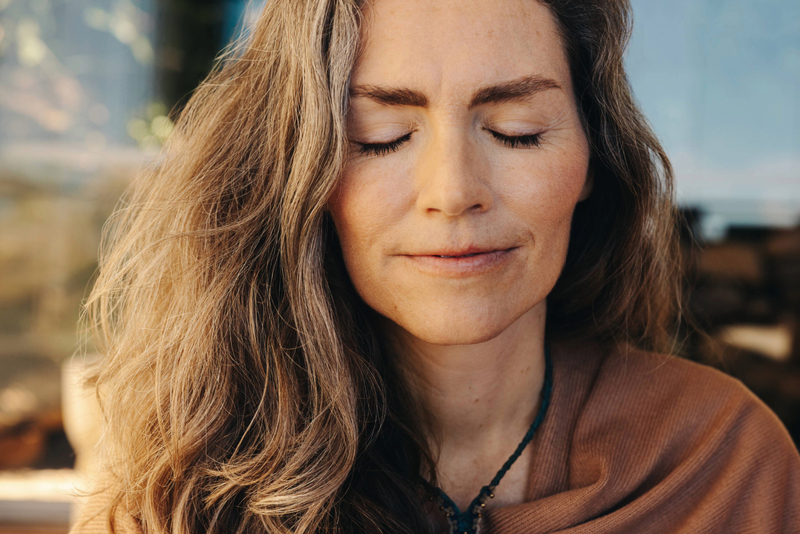Live Healthier. Live Stronger. Live Better Longer.
Strive to live the second half of your life with even more energy and resilience than the first. At Vail Health, we are redefining what it means to grow older—shifting the focus from simply extending life to maximizing quality of life. The mission of Healthspan is simple: help you build a longer, healthier, and more vital future through evidence-based, proactive health strategies. Vail Health’s mission is to elevate health across our mountain communities. More specifically, Vail Health aims to help you and your loved ones live healthier and happier lives longer.What is Healthspan?
Healthspan is about thriving at every stage of life–staying strong, sharp, and resilient for as many years as possible. It is about more than just longevity. Instead of waiting for health issues to arise, we take a preventive, data-driven approach to optimizing your well-being and performance before problems develop.Learn more about our new Healthspan program at VailHealthspan.com







_reg.jpeg)




